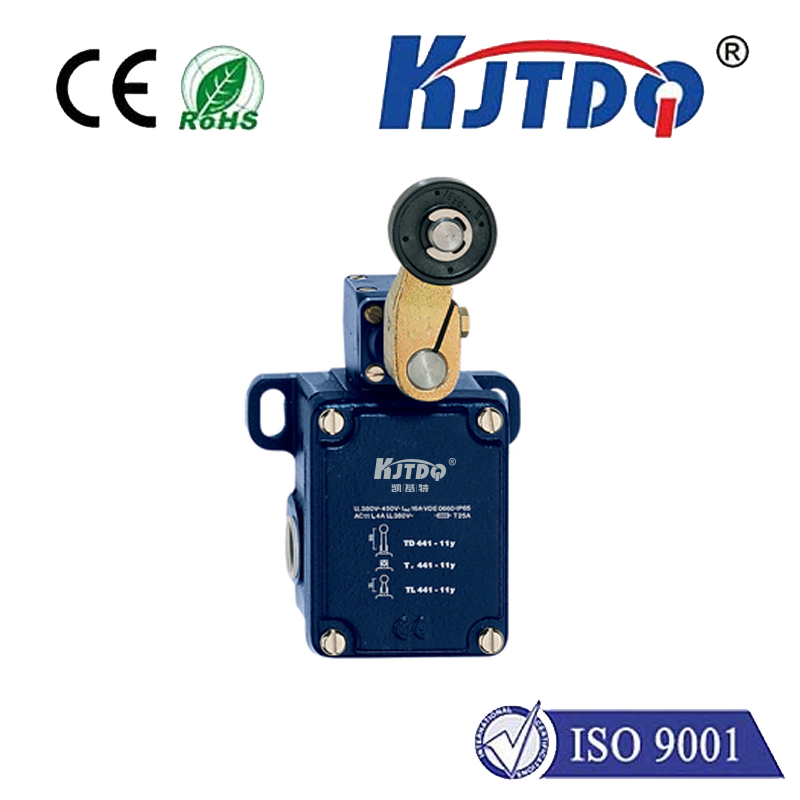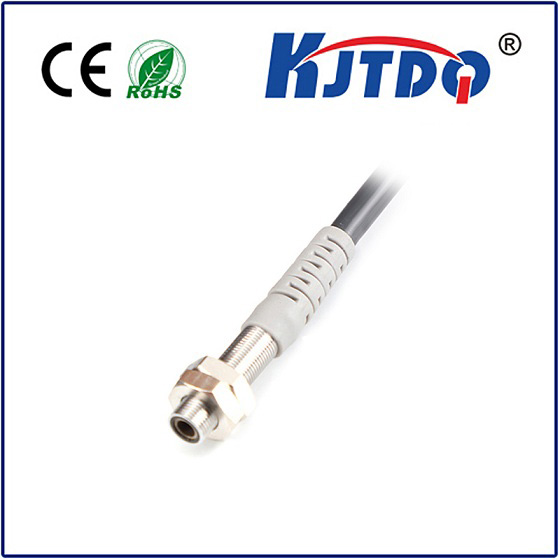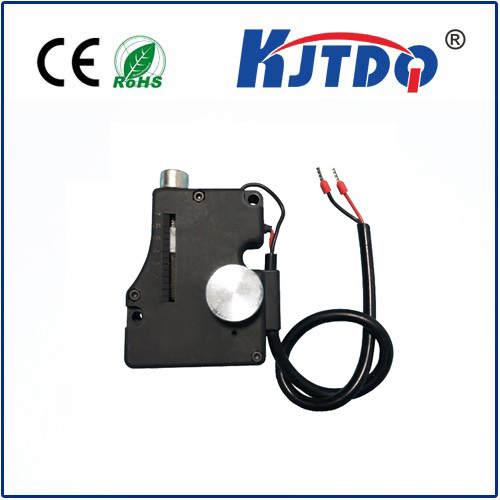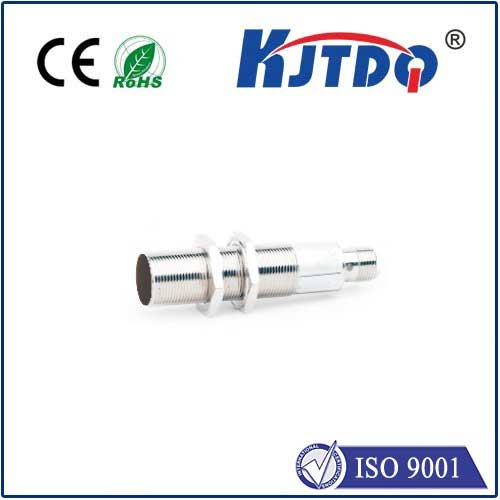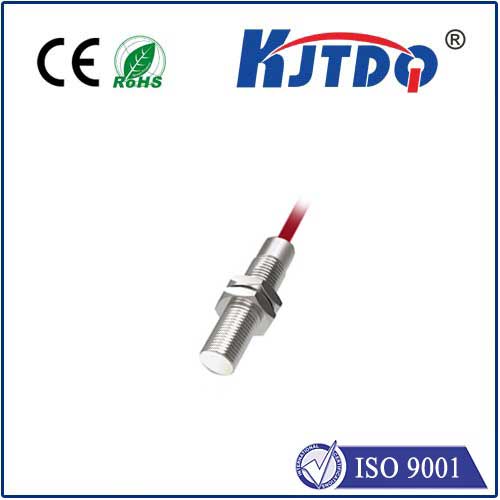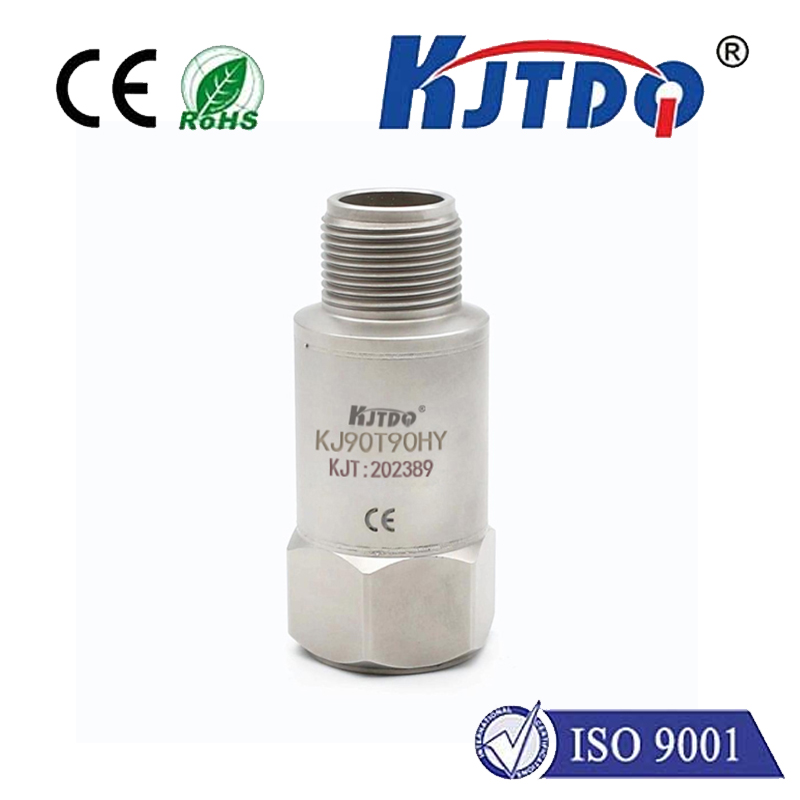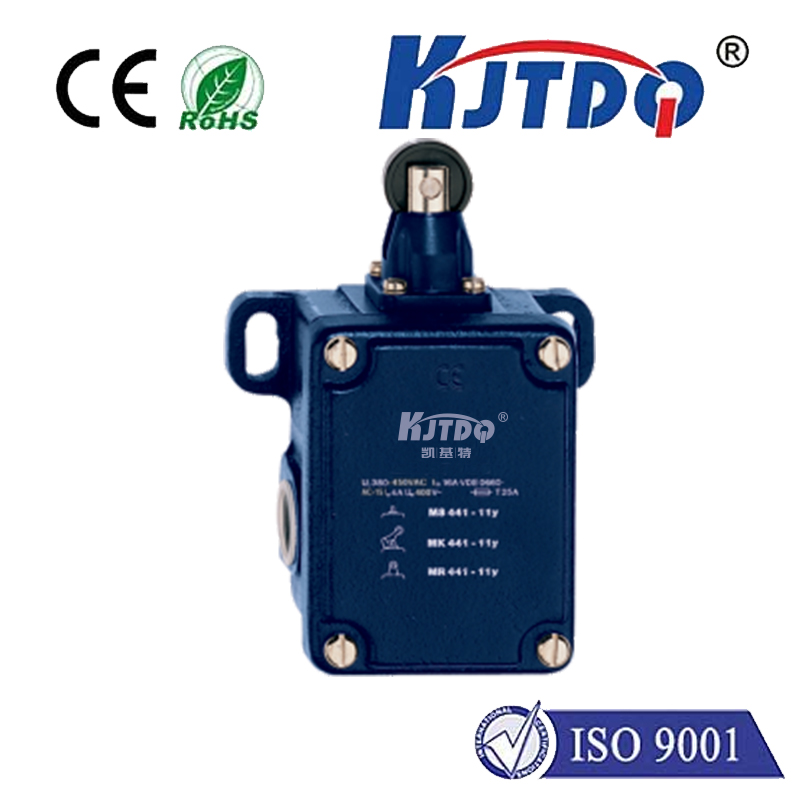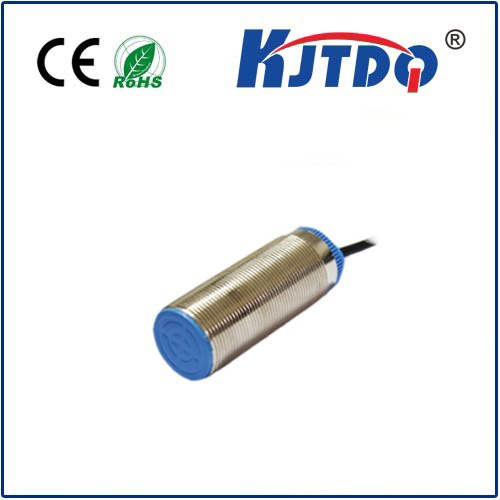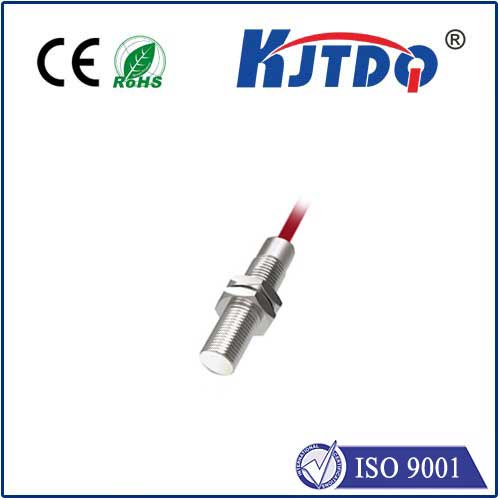
check

check

check

check
Title: The Versatility of Adjustable High Limit Switches in Industrial Applications
Adjustable high limit switches are a critical component in numerous industrial applications, serving as a safety mechanism and ensuring the efficient operation of machinery. These switches are designed to monitor and control temperature levels, pressure, and other parameters that can affect the performance of equipment. In this article, we will explore the various benefits and uses of adjustable high limit switches in different industries.
One of the primary advantages of adjustable high limit switches is their flexibility. They allow users to set specific thresholds for temperature or pressure, which can be adjusted according to changing requirements or conditions. This adaptability makes them ideal for processes where precise control is necessary to maintain optimal operating conditions. For instance, in the food processing industry, adjustable high limit switches can be used to ensure that temperatures do not exceed safe limits during cooking or sterilization processes, thereby preserving product quality and safety.

In addition to their adjustability, these switches offer excellent durability and reliability. They are often constructed with robust materials that can withstand harsh environmental conditions and prolonged exposure to extreme temperatures or corrosive substances. This makes them suitable for use in challenging environments such as chemical plants, oil refineries, and power generation facilities. By providing consistent monitoring and control, adjustable high limit switches help prevent costly downtime due to equipment failure or damage caused by overheating or excessive pressure.
Another significant benefit of adjustable high limit switches is their contribution to energy efficiency. By automatically shutting off equipment when it reaches a predefined temperature or pressure level, these switches help reduce energy consumption and associated costs. This is particularly important in industries where energy usage is a significant expense, such as HVAC systems in large buildings or industrial furnaces in manufacturing plants. Using adjustable high limit switches can also extend the lifespan of equipment by preventing overheating and reducing wear on mechanical components.
In terms of installation and maintenance, adjustable high limit switches are designed for ease of use. Many models feature user-friendly interfaces that allow operators to quickly and easily adjust settings without specialized training. Additionally, since these switches are generally compact and lightweight, they can be installed in tight spaces without requiring extensive modifications to existing infrastructure. Regular maintenance is straightforward, typically involving visual inspections and periodic testing to ensure proper functionality.
The importance of safety cannot be overstated when discussing industrial applications, and adjustable high limit switches play a vital role in risk management. By acting as an early warning system, they can alert operators to potential hazards before they escalate into more severe issues. For example, if a machine begins to overheat due to a malfunction, an adjustable high limit switch can trigger an alarm or initiate ashutdown procedure, preventing fires or other accidents that could harm personnel or damage property.
Furthermore, adjustable high limit switches contribute to regulatory compliance by helping organizations adhere to safety standards and regulations. Industries such as automotive manufacturing, pharmaceutical production, and food processing all have stringent guidelines regarding temperature control and process safety. By using these switches to monitor critical parameters, companies can demonstrate their commitment to safety and quality assurance, enhancing their reputation and avoiding financial penalties associated with non-compliance.
In conclusion, adjustable high limit switches are an essential tool for maintaining efficiency, safety, and compliance across various industrial sectors. Their ability to provide precise control over temperature and pressure settings makes them indispensable for safeguarding equipment, conserving energy, and ensuring product integrity. As technology continues to advance, it is likely that these switches will become even more sophisticated, offering greater accuracy and capabilities while maintaining their core function as a reliable guardian of industrial operations.
